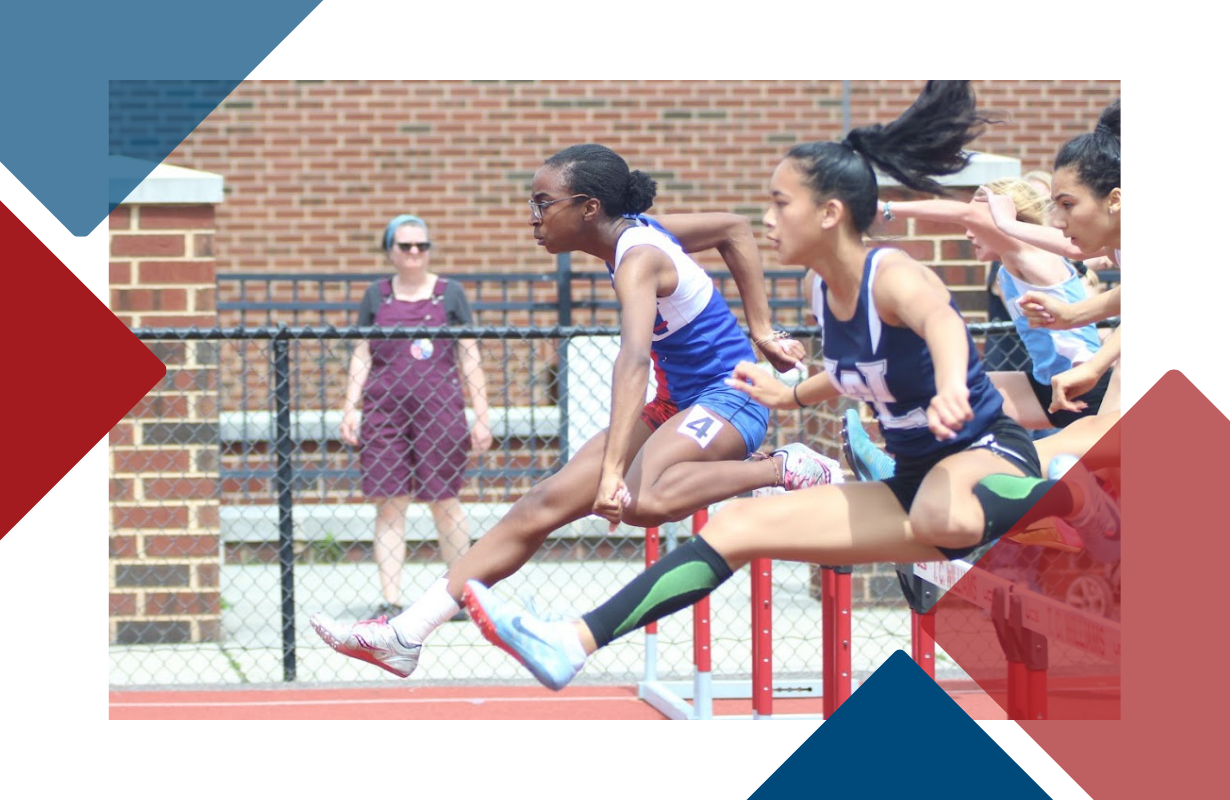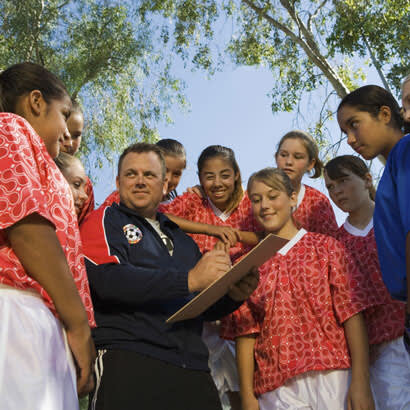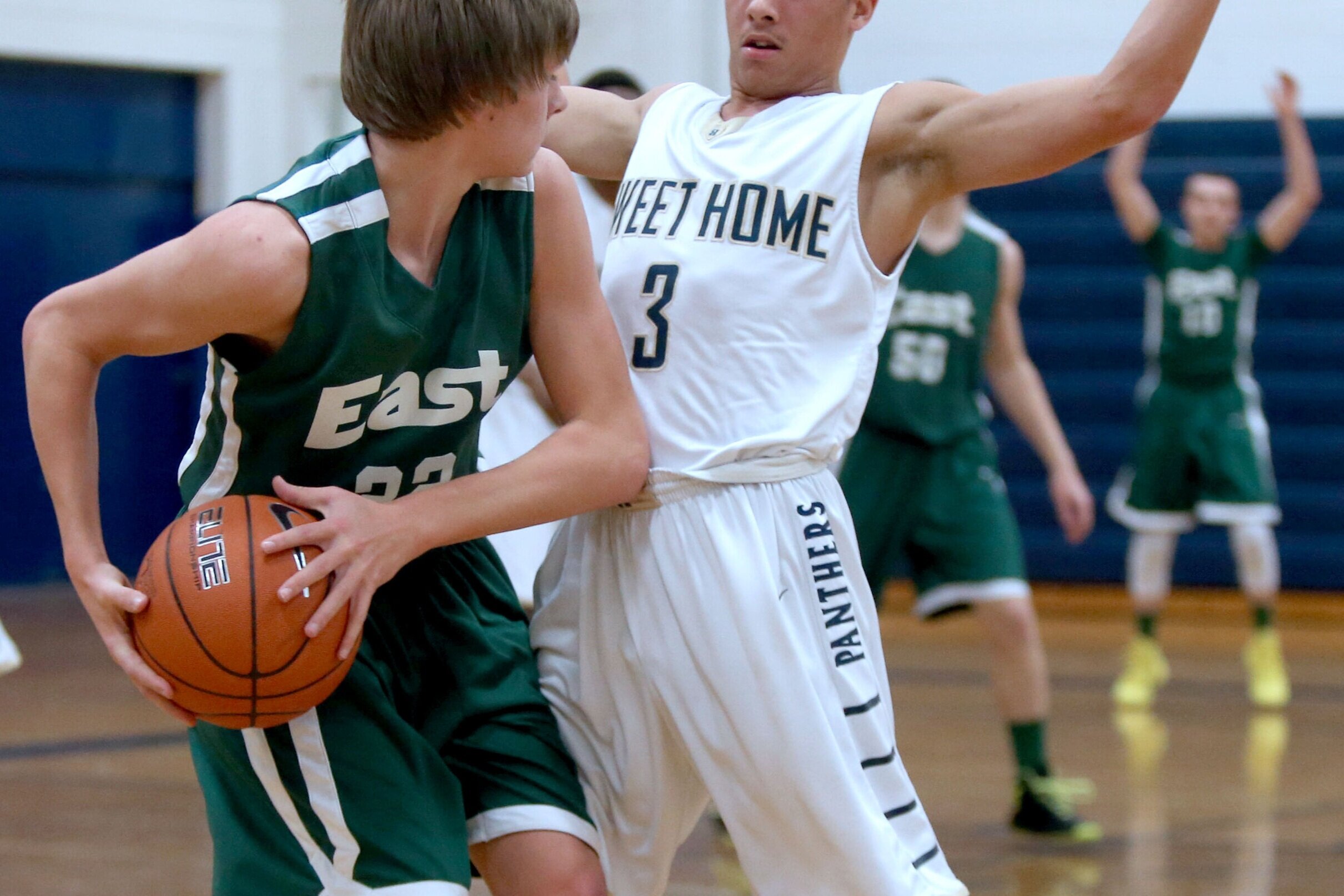Like many youth sports providers these days, Steel Soccer executive director Craig McGinn is talking with insurance agents. Steel Soccer, a youth soccer training organization that works in more than 20 states, wants to understand how to protect itself legally should it reopen and gets sued for something related to the coronavirus pandemic.
Insurance agents “described it like trying to buy hurricane insurance during a hurricane,” McGinn said on a recent LeagueApps webinar. “Most insurance companies don’t want to touch this thing right now. The way it was best described to me is even when (pandemic insurance becomes available), it may be so expensive that a lot of clubs can’t afford it.”
With much of the country opening back up, sport organizations are evaluating when to return to play – with a few already moving ahead. How travel, community and high school sports do so depends in part on a legal question: What level of liability risk can an organizer afford to accept, especially since there’s essentially no insurance coverage now for communicable diseases?
“Insurance carriers are so hesitant right now because they’re under siege from all of these COVID claims from every line of business,” said Lori Crispo, area president for RPS Bollinger Sports & Leisure, which is the insurance administrator for US Lacrosse. “I can’t get answers on what specifically I can tell clients they’re covered for. It would all depend on the allegation. It’s the wild, wild west.”
Or as Lee Gaby, a risk insurance management executive for Albert Risk Management Consultants, put it: “What insurance? There is none.”
To the best of his knowledge, Gaby said insurance companies’ policies with school districts do not cover communicable diseases. RPS Bollinger’s school programs do not, at this time, have a communicable disease exclusion.
“That’s a big problem,” Gaby said. “All of the liability is on the school district. The insurance industry is not even going to entertain a claim arriving on COVID-19. If a child comes back to play and somehow gets sick and parents say, ‘It happened because you let my child play sports with another child,’ the insurance company is going to say, ‘Sorry, it’s not a covered risk.’ You’re handling the legal defense on your own.”
Similar conversations are happening with organizations who serve younger children. Keri King, CEO of travel sports event organizer Triple Crown Sports, said insurance companies are telling him they don’t know if pandemic coverage will ever exist.
“What we hear is because of the lack of testing and tracing mechanisms, insurance companies won’t know where breakouts exist,” King said. “Until testing becomes available in youth sports, and that’s probably not going to happen, there’s no way to know if they got sick at practice, at the game or at the grocery store. So, (sports organizations) just need to make sure you’re doing everything possible to be socially distant and have good hygiene.”
UCLA business law professor Steven Bank said he doubts insurance companies will ever want to cover COVID-19, given how widespread the potential exposure is of the virus and the payouts they’re trying to avoid now on existing policies.
“To reduce their exposure risk, they may not write new policies,” Bank said. “It’s like what happens in California around the wildfire season. If there are a ton of wildfires, they’ll stop writing policies on new homes that are in a fire zone. That’s why I think insurers have the power here. Cases are hard to win in court, but insurance companies don’t want to take that risk.”
Crispo advised that youth sports providers first check to see if their policy has a communicable disease exclusion. If that language exists, it’s clear your organization isn’t covered for COVID-19.
If there is no such language, “that doesn’t automatically give you grant of coverage,” Crispo said. “It’s like when sexual abuse claims were first coming out 20 years ago before there were sexual abuse policies. It wasn’t excluded, but it wasn’t specifically designed. Then it’s up to the claim itself or the decision by a judge on the case if there’s coverage. It’s not the warm and fuzzy answer I want to give. We’re all in a precarious spot.”
What if you’re sued?
If a youth sports organization or school district does get sued, establishing that a person contracted the virus at the sport events will be difficult, Bank said. Theoretically, the person could have become infected anywhere in the community over a two-week incubation period.
“There may be a lot of correlation, but it will be challenging to establish the sports event is the cause,” Bank said. “On the other side, if you get to a jury and you didn’t follow the customary precautions identified by your sanctioning body or whatever is considered the standard of care, then that’s going to look bad that you didn’t take the necessary steps.”
So, what is the legal standard of care for youth sports? Experts say there’s no clear answer now and may never be unless it’s tested in court. Guidelines from federal and local public health authorities and national sport associations could be factors in a lawsuit.
“For people who think it’s good to have 20 people out on the field before it’s approved (by local public health officials), there shouldn’t be any coverage for you and you should know upfront you’re in violation of your general liability coverage,” Crispo said. “Because then it falls into an intentional act and insurance companies will be much less willing to defend those claims.”
The U.S. Olympic and Paralympic Committee (USOPC) issued the first national guidance to help sport organizations return to training and event planning. The recommendations lay out five phases for a return, strongly suggesting that it will take considerable time to play organized sports again the way we once did.
Though the USOPC’s charge from Congress includes a responsibility to coordinate amateur sports activity, King said he and other travel sports organizations do not view the USOPC’s guidelines as the industry standard.
“I don’t think so, because the conversations haven’t been had yet across multiple different sources – government policymakers, municipalities and the business community sports organization,” King said. “(The USOPC guidelines) are helpful and a conversation point.”
The USOPC documents state they shouldn’t be implied as a substitute for professional medical advice and “makes no representation and assumes no responsibility for the accuracy or completeness of the information. Further, you should seek advice from medical professionals and/or public health officials if you have specific questions about your return to training and competition.”
USOPC chief medical officer Dr. Jonathan Finnoff said the disclaimer clarifies that the USOPC is not creating mandates or monitoring. “Our intention is for these to be used to try to mitigate the infection risk for the population against the No. 1 killer in the United States,” he said.
Bank, the UCLA law professor, said the USOPC guidelines will be “pretty influential” in establishing a standard of care for youth sports, though cautions that it’s not automatic that will be the case.
“You could imagine the standard of care being different in different locations and different sports,” he said. “In a way, a national standard doesn’t make sense if you’re just a local league. But I do think in the absence of longstanding history about how to care for this, a standard almost has to be created. It will surely be a stricter standard than the travel sports industry wants because they have a conflict of interest.”
Expect to see youth sports providers increasingly asking parents to sign waivers that would theoretically protect the organizations against COVID-19 lawsuits. Waiver applicability varies by state laws. The waivers have not always held up in court, and even if parents sign away their child’s rights now, the child could still sue in the future at an older age.
“Waivers are a good idea because the insurance coverage right now is so wacky,” Crispo said. “The real intent for the waivers is to get rid of the nuisance claims – someone gets injured, wants to roll the dice and see if they can get some money, and they go to (a semi-educated lawyer) who says, ‘You have a waiver, forget it.’ The larger claims may not be covered by waivers.”
Crispo said governing bodies are wise to create guidelines and define where membership insurance coverage may apply, while noting that the recommendations should be adopted at members’ own risk.
“The standard will be very clear once there’s more testing and a vaccine,” Crispo said. “In the next six months to a year, it’s so murky. All you can do is gather the best of the best from the CDC, USOPC and others, and put out what a reasonable person should be following.”
These adjustments may even mean temporarily changing the rules of a sport. For instance, maybe soccer throw-ins are banned and the ball is kicked in on out-of-bounds plays, said Bank, who coaches youth soccer for his son’s team.
“Insurers are already nervous people,” Bank said. “Their job is to avoid taking unnecessary risks. They’re in favor of reducing their exposure and that means telling people you have to follow the guidelines.”
Do you have a topic that you would like Project Play to explore in future COVID-19 youth sports coverage? Email Jon Solomon at jon.solomon@aspeninstitute.org.
- Aspen Institute Return to Play: New joint resource from the Sports & Society and Health, Medicine and Society Programs to help assess the risk of athletic activities
- Project Play Jon Solomon: How will youth sports return to play? USOPC offers first glimpse
- TIME columnist Sean Gregory: 'Somebody Has to Be First.' These Youth Baseball Teams Are Playing Ball This Weekend, Despite Experts' Warnings





















